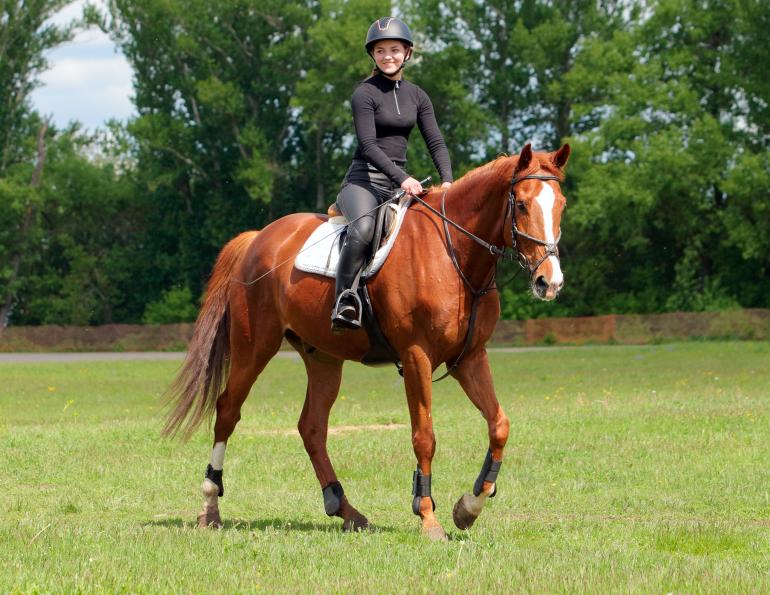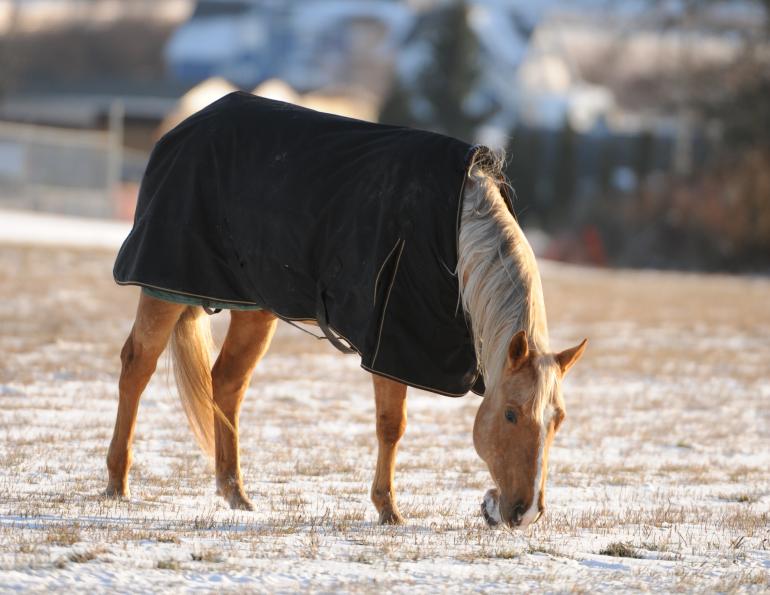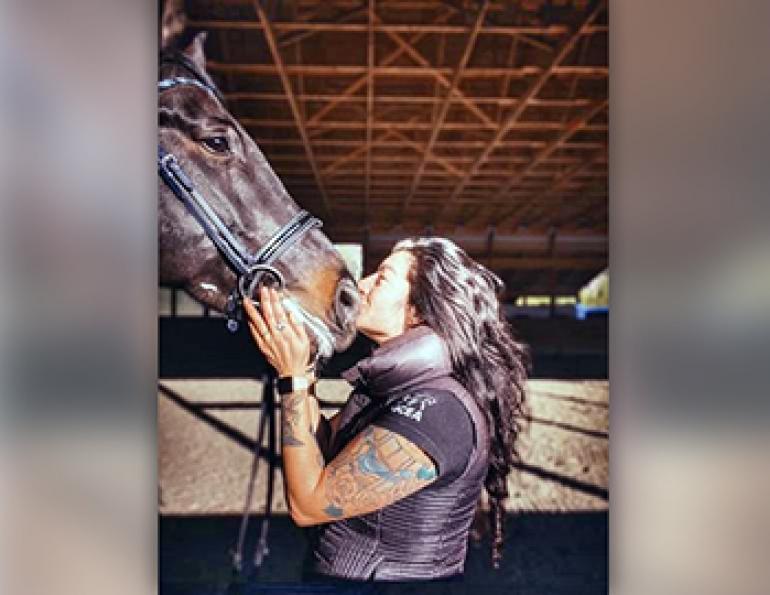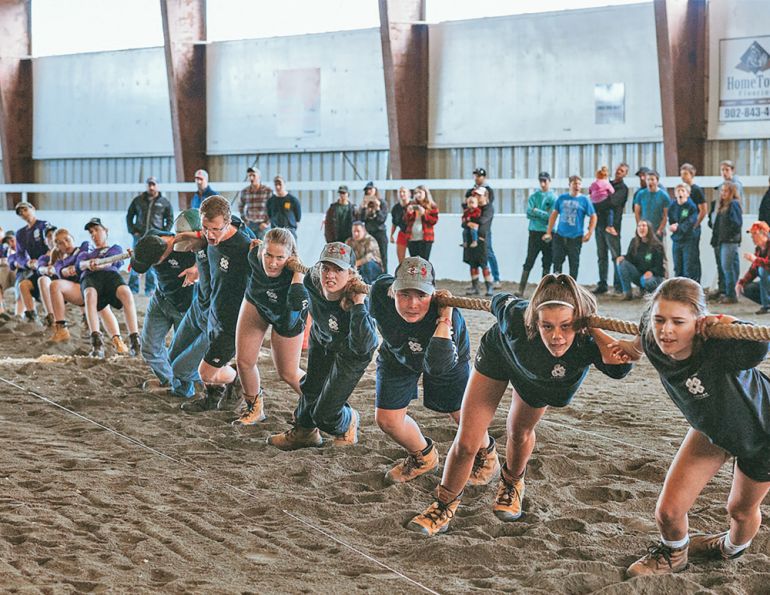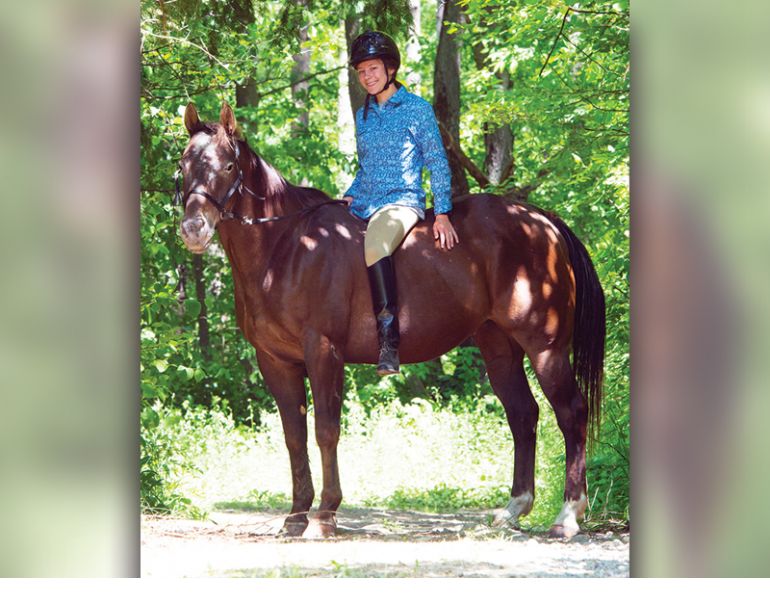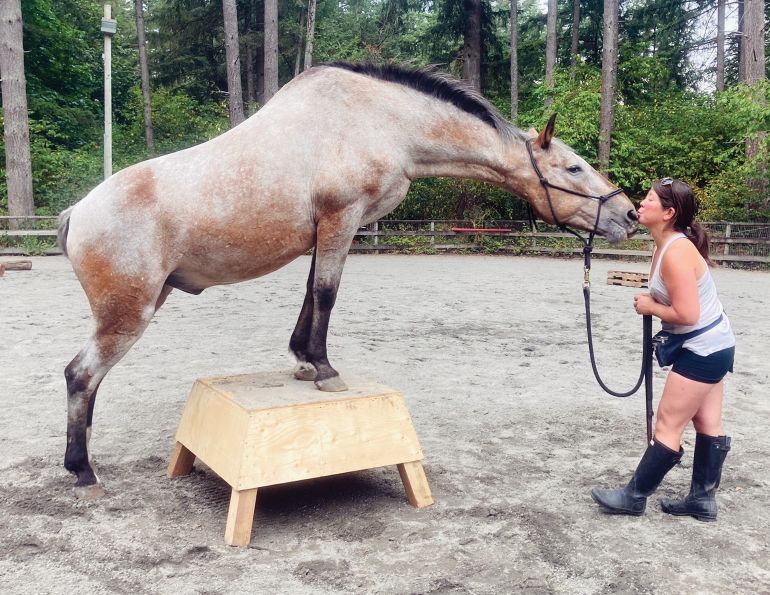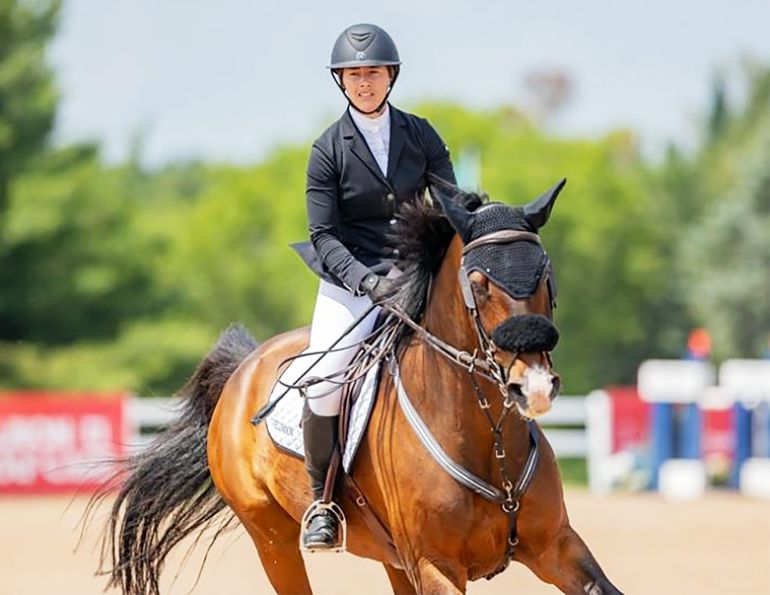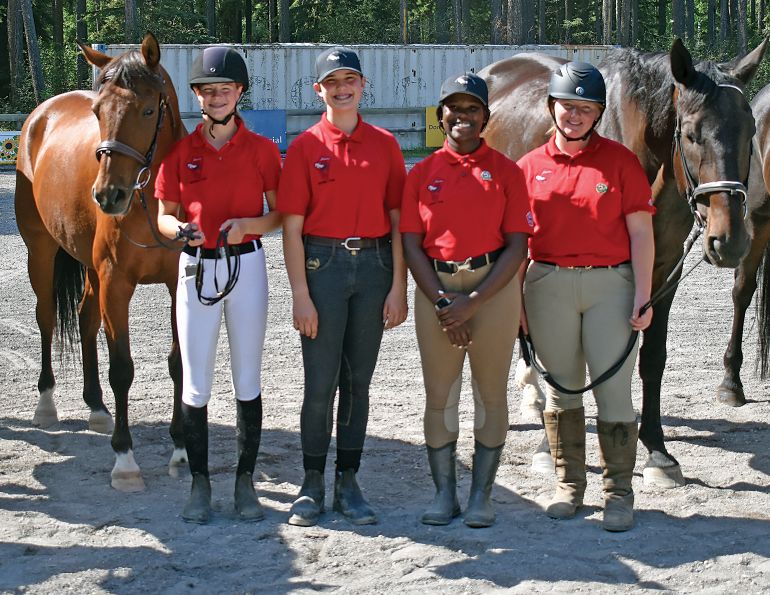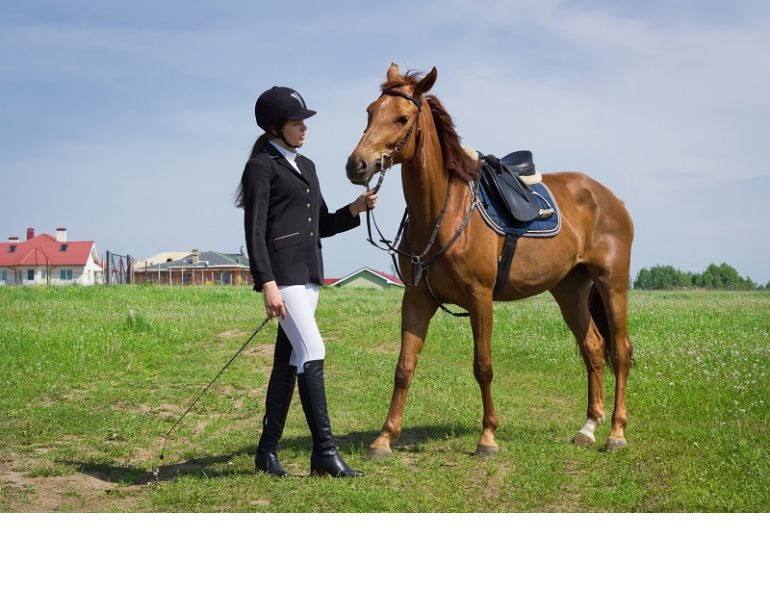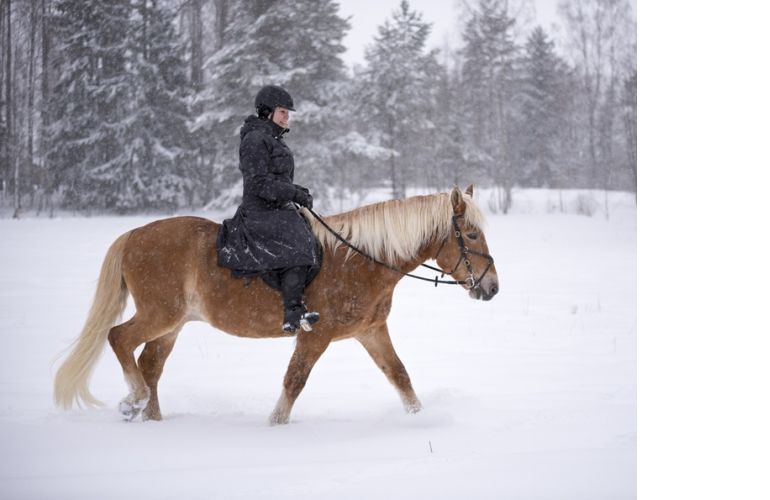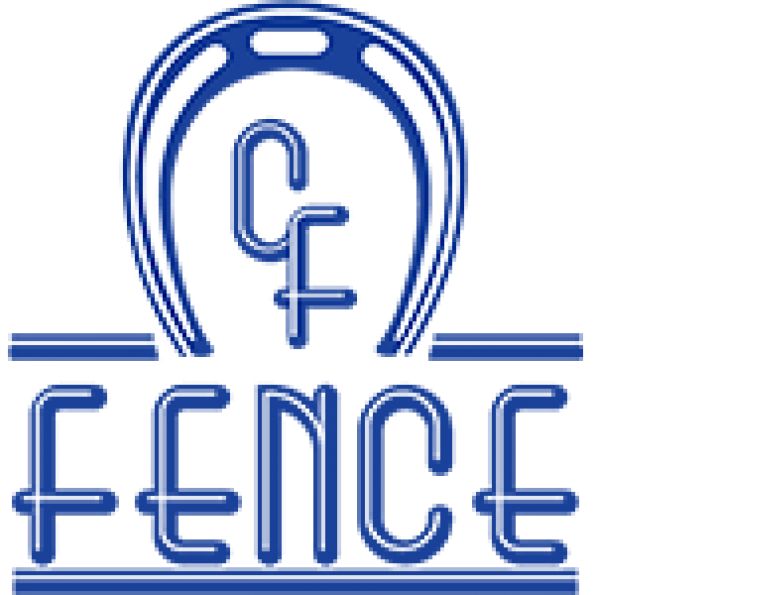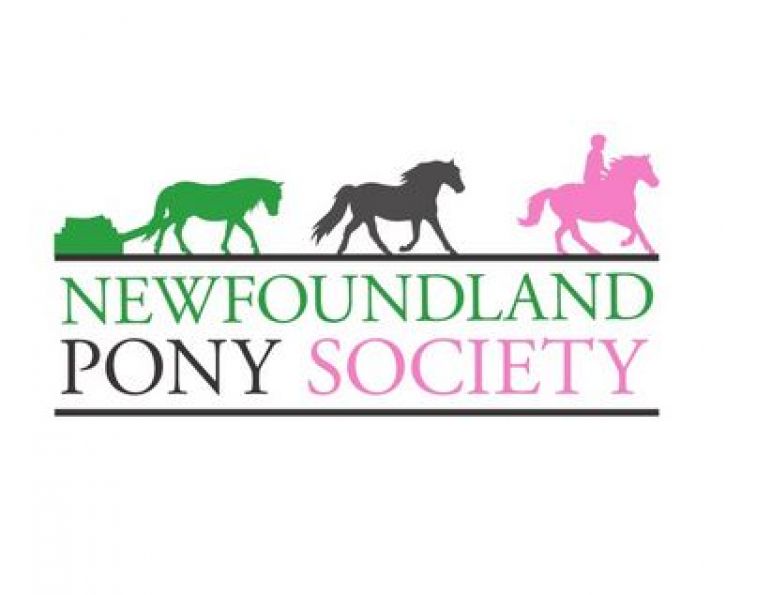By Alexa Linton, Equine Sports Therapist
The mammalian nervous system is an incredible thing, with its complex functionality, and all the ways it regulates our systems, adapts to change, restores itself, and even mirrors the nervous systems of those around us. If any year was going to introduce us to the limits and resourcefulness of our unique nervous system, 2020 would be it. In this one year, every one of us has found out exactly how we cope with global uncertainty, massive change, potential scarcity of resources, and possible threats to the health of ourselves and our family and friends. Our nervous system is an integral part of how we cope with stress and change, working behind the scenes to recalibrate, reorganize and bring us into new ways of being in a healthy or not-so-healthy state.
How does all of this relate to our horses? A few ways actually, and in this article we are looking at the role of play in nervous system resiliency, regulation, and adaptation. Have you noticed how, when things get stressful and we shift our focus to survival, some of the very first things to leave our routine are play, creativity, and social engagement? As you read this, you may be thinking that you can’t recall the last time you or your horse truly played.
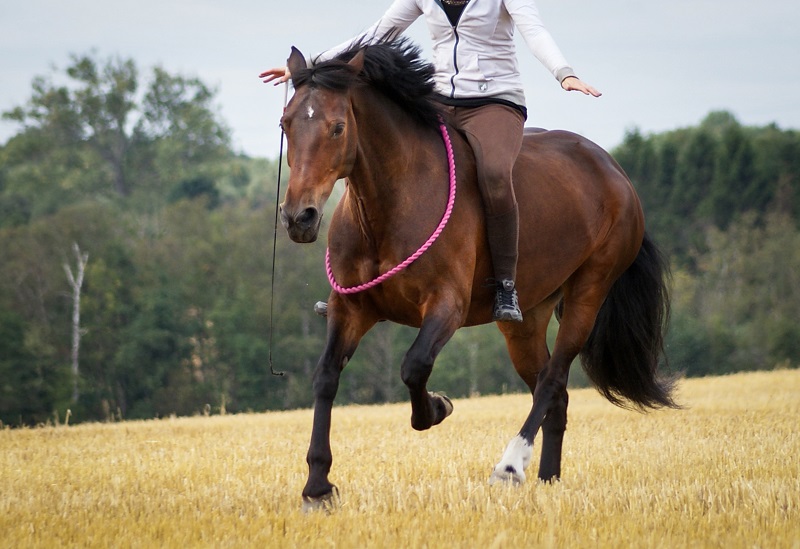
Play with your horse might be an activity that focuses on relaxation and connection. Photo: Dreamstime/Thes2680
When my mare, Diva, and I first got together 17 years ago, neither of us had much concept of playfulness. Until then, riding had been a rather serious, methodical, and often stressful event, one ripe with agendas and expectations of myself and my horse. Looking back, I realize that despite my instructor’s regular requests for me to breathe and relax, riding created tension and often activated my sympathetic fight response. This was mirrored in the horse I was riding, creating a bit of a tricky and dangerous feedback loop, which was the very opposite of fun and playful. With Diva, after realizing my harmful pattern was negatively impacting our relationship, I made a conscious effort to bring fun, play, and enjoyment into our rides together. Looking back, I realize now that I was working with my nervous system to move into a zone where social engagement, creativity, and connection was possible. Let’s talk more about how that works.
Our autonomic nervous system (and that of our horse) runs most of our automatic functions (heart rate, blood pressure, digestion, breathing) and is responsible in large part for our survival. It is made up of two main parts: the sympathetic (flight-fight) and parasympathetic (rest-digest). Thanks to Dr. Steven Porges and the Polyvagal Theory, we now have a more complex understanding of the parasympathetic nervous system as being made up of two main branches: the dorsal vagal, and ventral vagal. The ventral vagal branch is the one we are going to be learning about today — this branch focuses on social engagement, play, and connection as essential to survival, and innervates the facial muscles (for expression), and the mouth, throat, and heart. This is the part of our nervous system we connect to and strengthen when we interact playfully with others. This is a space of safety where learning and growth can easily occur. For more resources on the autonomic nervous system and its role in regulation, play, and trauma in horses and humans, visit www.equusoma.com.
When we are working with horses, it is important to consider whether the environment we are creating internally and externally is conducive to connection and therefore to learning. Physiologically, you and your horse do not learn well in stressful, fear-based, disconnected environments. More research is coming forward to indicate that learning and adaptation is substantially reduced in situations where either the sympathetic nervous system (flight-fight) or the dorsal vagal branch of the parasympathetic nervous system (learned helplessness/shutdown) are activated. So, let’s go back to where learning and growth happen in abundance — creative play and social engagement.
How do we play with horses?
I like to think of playfulness in the bigger context of social engagement and connection. Essential to my ability to connect are relaxation of my own body and mind; my willingness to step outside of the box, be silly and weird, and “listen” to my horse; my ability to let go of rigid expectations or timelines, and be creative and inspired by my environment and horse; and my desire for activities and experiences that focus on connection and being together. With my own horses, play might look like a trail ride, a technical ride of playing with a cool new skill, a massage or butt scratch, a quiet wander or a fun gallop around the field, liberty work, or clicker training with a toy. I try to listen to what might feel interesting and fun for me, and I listen to my horse (body language says a lot!) about how she would like to engage on any given day.
Be curious about the state of your nervous system and that of your horse — you may notice a tendency to move into a hyperactivated sympathetic state, or into a shut down dorsal vagal response. All of this is great feedback, and allows us to “play” with new engaging ways of interacting that facilitate connection and presence. When we play in this way, being creative without fear of having to get something perfect, just for the fun of it, we allow room for learning and mistakes, and the potential awkwardness of trying out something new.
Some of my favourite playing teachers are kids! Watch the kids in your world as they use their imaginations, play games, make mistakes without self-criticism, and concurrently learn what works for them and their nervous systems. Also, watch your horses and the horses in your barn to see how they choose to play together, and how they enjoy spending their time.
In terms of horses, I love the outlook of my trainer Heather Nelson - she knows how to play! I have also been enjoying the work of Sharon Wilsie of HorseSpeak, Elsa Sinclair of Taming Wild and Hanna Weston of Connection Training. You will find episodes from all four teachers on my podcast, The Whole Horse.
Have fun!
Main Photo: Shutterstock/Horsemen



